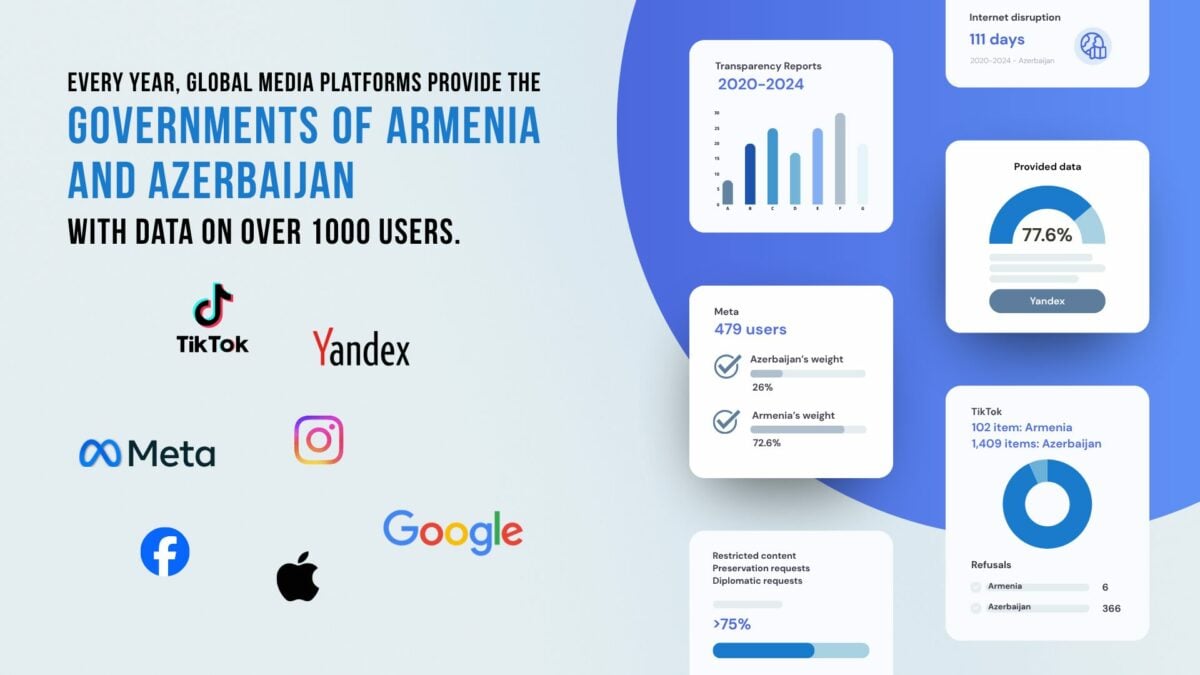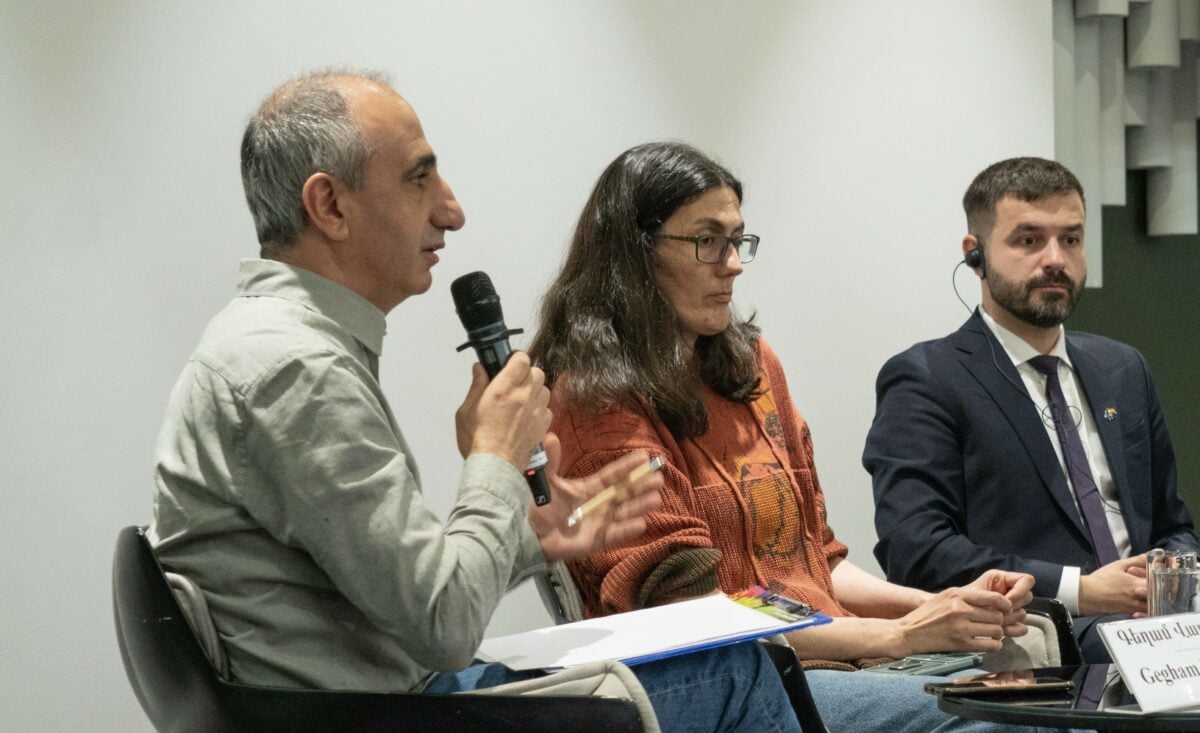Todd Phillips’ movie “The Joker,” which was watched and discussed by millions of people, not only gave rise to serious scrutiny and an overwhelming response, but also touched upon the subtle point where the search for a new audience is beginning.
In his words, this ultra-radical film has raised the question of what the audience wants from a media product, be it a film, a book, a daily news feed, or an analytical documentary.
Everything that comes into our heads in the form of information, fills our eyes and ears, wants to move us to action.
For example, to sympathize, worry, get excited, get involved in history, seek answers, feel connected to the heroes and spread that connection to real life.
And then, when the sympathy or excitement of the audience goes awry, the creators of the broader content make the colors denser so that we can feel compassion and excitement again and again with new momentum and intensity.
The food of the media and the arts is the reaction, and to achieve that, it is constantly trying to squeeze new emotions out of the audience.
The Joker is perhaps the best example of how to turn a spectator’s expectations upside down and leave him alone with emotions that do not have seismic stability, by suggesting the audience gets out of the emotional-intellectual chaos on their own.
To plunge into a situation where it is so emotional that it is already completely dark.
There are no low genres
The genres and formats of art intended for the consumption of pop culture, that is to say, the essence of a mass, non-lively audience are up-to-date, bold and fresh.
Even more, they are the ones that drive the most serious conversations about communication, violence, justice, politics, or happiness.
The Joker, based on a simple and extremely accessible plot of graphic novels (a battle of good and evil with the inevitable victory of good), revolves around that structure; there is no good and evil, there is chaos, both liberation and disaster. Or more accurately, both.
The Joker is the antithesis to the positive superhero, Batman, but in this film, he is without Batman, who is still a child. But the Joker himself is not yet a villain, but an unlucky, unhealthy, cursed-like comedian. He has a name, a past and goals. He becomes an evildoer in front of our eyes.
In general, a simple and popular comic book formula is very profitable to break. The audience goes to watch effects, understandable heroes, and the traditional black-and-white clash but faces a widespread blackening process.
Of course, the film skillfully draws parallels with the Gotham city of the 1970s and 1980s and today. The city is lost in the garbage, there is violence in the streets and rats running, the elite are corrupt. And only one spark is needed for social revolt. And the spark doesn’t late.
But in the film, the city and the other heroes are just the background. The primary question is what to do with the beaten, persecuted juggernaut who just wants to have his comedy show and make people happy, but by densifying the world within himself, he becomes a killer and a disaster.
It’s as though the movie says, do you want emotions? Well here’s all of them and a little more.
It’s hard to imagine a darker reality than the one created in this film. The fairy-tale illustration is grotesque but with realistic hopelessness.
The character of the Joker (played by the genius Joaquin Phoenix) is neither a savior, nor attractive, nor talented. He is a big question, what to do if liberation can only be brought on by chaos, and terrorism is what pleases the masses.
And if you eliminate the stifling hierarchies, you either eliminate yourself or, at best, become a danger to society with a crazy laugh and a broken mental world.
The dream of the screen
“The Joker” is a movie about the pre-Internet age when glory was definitely dependent on appearing on a television screen.
And a live assassination is that action that destroys the public and reaches the streets. Now the idea of a live broadcast is just as explosive, but not hierarchical anymore (as it is said, thanks be to YouTube).
The masked Joker with a green hair and a smile of a torn mouth kills a publicly-popular comedian with no extra words.
And again this idea arises: how deep and branching the emotions must be (say, dipping in the blood) for the show to be highly visible, and the film to be discussed in all possible areas.
The Joker takes us to incredible depths where it is dark.
Interestingly, in various reviews, the film has been accused of racism, political bias, psychological inaccuracy, and a thousand other things.
It touched on all the possible topics of how to make good work out of scandalous art.
The arts and media, which play the role of communication, satisfy the basic demand of the audience, seeing the different, non-exemplary hero and his or her suffering, to find tranquility.
Rest, peace, hope are long-term investments when you need to wake up to the thought.
It is interesting that if the film-hopes had been massive in the past (the hero calmed down and good triumphed), now film-nerves are coming to market (the hero not only lives in darkness but he is darkness himself).
The audience cannot turn their eyes away from the darkness, as they know that they can only emerge from the darkness once they are fully immersed. Glancing at the screen as if there was no movie screen, but real pain and blood pouring down on it.
The Joker is grotesque with extremely realistic, even hopelessly realistic gameplay.
Phoenix plays the role so well that the viewer feels physical pain across the screen. It is a type of game that simply cannot exist, after which the viewer takes a long time to recover, as it seems that they are in the hero’s skin, feeling with his nerves.
Horrible laughter sends him to ruins, and so do we. Then regather, but in a different way.
And it’s a good way of tricking the audience, sobering them up.
Nune Hakhverdyan







